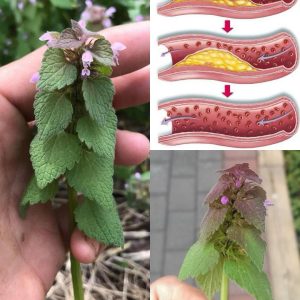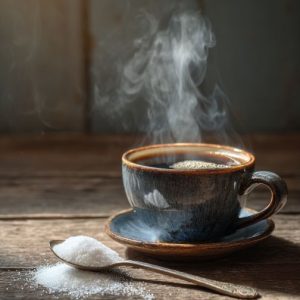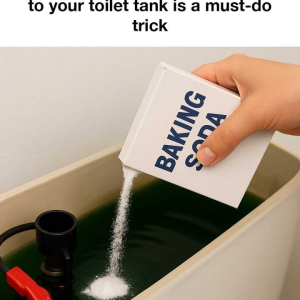
Don’t forget to always choose high-quality legumes and take the time to prepare them properly to enjoy healthy and delicious dishes. If you’d like to learn more about legumes and cooking techniques, check out our blog for more articles and recipes.
Chickpeas are one of the most versatile and nutritious legumes, perfect for a wide range of dishes — from sides and salads to soups and hearty mains.
However, improper cooking can ruin both their flavor and texture, resulting in an unsatisfying meal. In this article, we’ll explore the most common mistakes when cooking chickpeas and share useful tips on how to avoid them for the best results.

1. Not Soaking the Chickpeas
One of the most common mistakes is skipping the soaking step before cooking. Soaking is essential for reducing cooking time and making chickpeas easier to digest. Without it, chickpeas take much longer to cook and are more likely to end up hard or undercooked.
Solution:
Soak the chickpeas in cold water for at least 12 hours, or ideally overnight. If you’re short on time, try the quick-soak method: bring the chickpeas to a boil in water, then turn off the heat and let them sit for about an hour. While this method is faster, it’s not always as effective as traditional soaking.
2. Not Changing the Cooking Water
Another common mistake is not changing the water during cooking. The water used to cook chickpeas contains compounds that can make them harder to digest. Continuing to cook them in the same water can also negatively affect their texture and taste.
Solution:
For better results, change the water at least once during cooking. After the initial boil, drain the chickpeas and add fresh water. This helps eliminate unwanted substances and enhances the final quality of your dish.

3. Adding Salt Too Early
Many home cooks make the mistake of adding salt too early in the cooking process. Salt can toughen the chickpeas’ skins, making it harder for them to soften properly.
Solution:
Wait until the chickpeas are fully cooked and tender before adding salt. If you want more flavor during cooking, feel free to add herbs and spices like bay leaf, garlic, or rosemary — but hold off on the salt until the end.
4. Cooking at Too High a Temperature
Cooking chickpeas over high heat can lead to uneven results. The outside may become too soft or fall apart, while the inside remains hard.
Solution:
Cook chickpeas over low to medium heat. Slow cooking allows them to soften evenly and develop the perfect texture. A pressure cooker is also a great option — it significantly shortens cooking time while preserving the chickpeas’ nutritional value.

5. Not Monitoring the Cooking Process
Neglecting the cooking process can lead to overcooked or undercooked chickpeas. Cooking time depends on various factors, including chickpea size, the type of pot, and the age of the legumes.
Solution:
Check on the chickpeas regularly. When they seem nearly done, taste a few to ensure they’re tender but still hold their shape. On average, chickpeas take 1 to 2 hours to cook on the stovetop, but a pressure cooker can cut that time down considerably.
6. Improper Storage of Cooked Chickpeas
Improper storage can ruin the texture and flavor of your chickpeas and the dishes you make with them.
Solution:
Once cooked, let the chickpeas cool to room temperature, then store them in an airtight container in the fridge. They’ll keep for up to 3 days. For longer storage, freeze them in food-safe bags — ready to use for future meals.
Cooking chickpeas is simple, but avoiding a few common mistakes is key to getting the perfect result. By following these tips, you’ll end up with tender, flavorful, and easy-to-digest chickpeas.
Always remember to choose quality legumes and give them the time they need — the payoff is delicious, healthy dishes every time.




